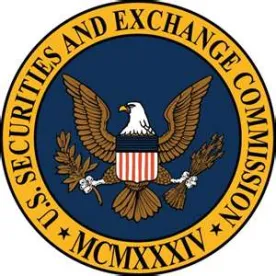On February 7, 2020, the Securities and Exchange Commission’s (the “SEC”) Office of Municipal Securities released its Legal Bulletin No. 21 (the “Bulletin”) regarding the applicability of the anti-fraud provisions of the federal securities laws to certain statements made and information disseminated in the secondary market by municipal issuers and others obligated to provide for the repayment of municipal securities (“Obligated Persons”).
The anti-fraud provisions of the federal securities laws generally focus on the obligation to ensure the completeness and accuracy of the information provided to investors.
Obligated Persons are typically mindful of the applicability of these provisions when preparing primary offering materials. However, this Bulletin reiterates the SEC’s position that anytime an Obligated Person releases information to the public that is reasonably expected to reach investors, the anti-fraud rules apply.
Market participants were hopeful that the Bulletin would provide more specific guidance on when and how the anti-fraud provisions apply to these communications, in light of the SEC’s expressed priority to encourage more current disclosure for secondary market investors. However, the Bulletin largely reiterates the SEC’s existing guidance without greater clarity.
The Bulletin links to certain prior guidance from the SEC with respect to:
-
information posted on websites;
-
the use of hyperlinks;
-
information included in public reports delivered to government agencies or otherwise made part of the public record; and
-
statements made by officers/officials of an Obligated Person, including speeches, press releases, interviews, and social media;
indicating that, depending upon the facts and circumstances, such information and statements may be subject to the anti-fraud provisions, regardless of the extent to which the Obligated Person has fulfilled its contractual continuing disclosure obligations.
The existing standard “reasonably likely to reach investors” looks much different in the context of today’s technologically advanced world than it did when the SEC originally published these reports, but the Bulletin does little to provide more guidance to Obligated Persons on how to address potential anti-fraud liability when communicating information publicly.
Certain commentators have expressed concerns that the SEC’s broad brush approach to describing the universe of communications potentially subject to liability, without providing additional guidance, could have a chilling effect on the dissemination of timely and current information.
The Bulletin emphasizes the importance of adopting policies and procedures to address compliance with the anti-fraud provisions when making statements and providing information that is reasonably expected to reach investors.
The SEC staff encourages Obligated Persons to include the following matters (among other things) in these policies and procedures:
(i) designating an individual responsible for compliance with such policies and procedures;
(ii) establishing a periodic training schedule for Obligated Person officials and staff responsible for developing, reviewing and disseminating disclosures;
(iii) identifying documents and reports that customarily contain current information about the Obligated Person’s financial condition and operations;
(iv) establishing a process by which the Obligated Person makes such documents and reports available to investors; and
(v) identifying the place or places where the Obligated Person makes such documents and reports regularly available to the public, such as EMMA or an investor-relations website.
The full text of the Bulletin is available here.







 />i
/>i

